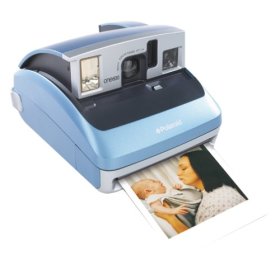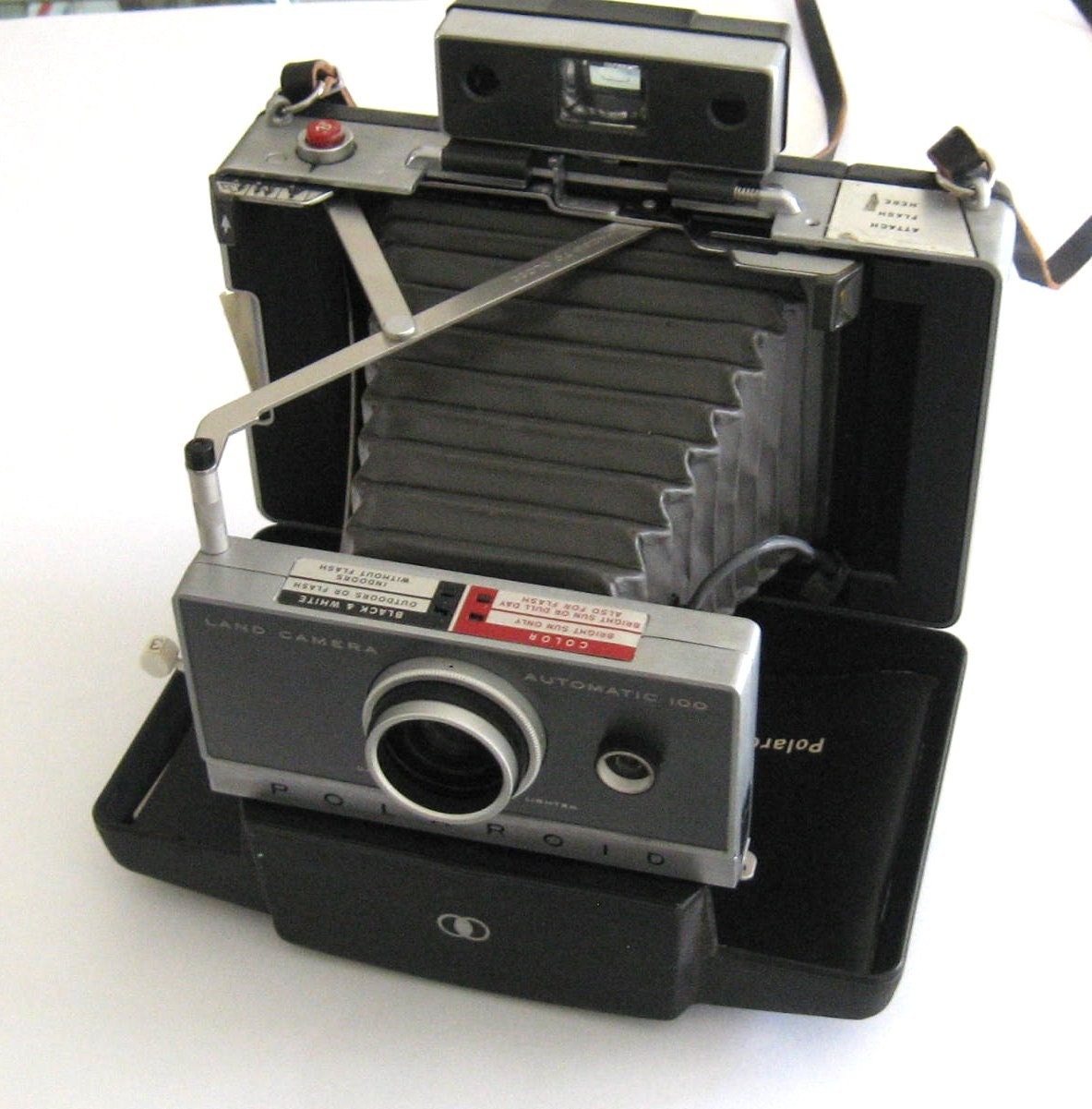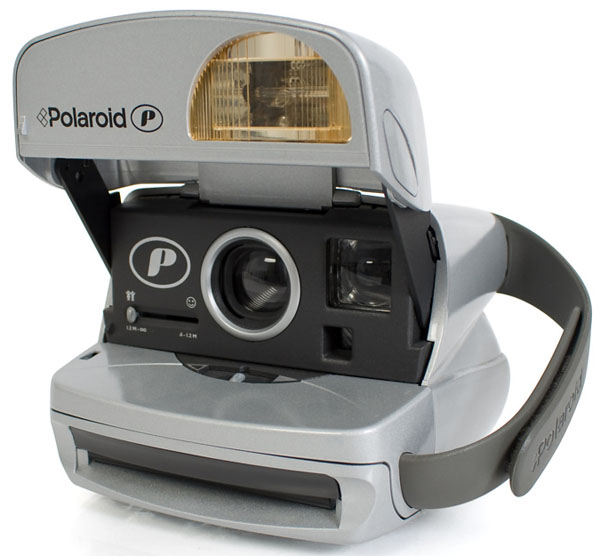Polaroid Camera
Many of us today use digital cameras. Sometimes they’re part of our smartphones or a regular digital camera. They allow us to capture images and see them immediately on a screen.Photography hasn’t always been so quick and easy, though. Once upon a time, cameras were quite large (compared to today’s tiny cameras), expensive and a bit complicated. After taking a picture, you couldn’t see what it looked like until you removed film from the camera and had it developed.Non-digital cameras are sometimes called film cameras. Camera film was invented by George Eastman in the late 1800s. Camera film was made of a plastic substance called celluloid, which captured photographic images.To get pictures from camera film, the film must be cut into separate pieces, called negatives. The negatives are then used to project the photographic image stored on them onto special photographic paper.Photographic paper reacts to light to produce the image taken by a camera and stored on film. Since photographic paper reacts to light, pictures using camera film need to be produced (a process called developing) in a room that is completely dark.These special rooms used to develop film were called darkrooms. Darkrooms used red lighting to allow photographers to control light carefully, so that light-sensitive photographic paper would not become overexposed and ruin the pictures during the developing process.Because of the popularity of digital photography today, darkrooms are not as popular or necessary as they once were. You can still find them, though, in professional photo studios, colleges and photography schools.
















No comments:
Post a Comment